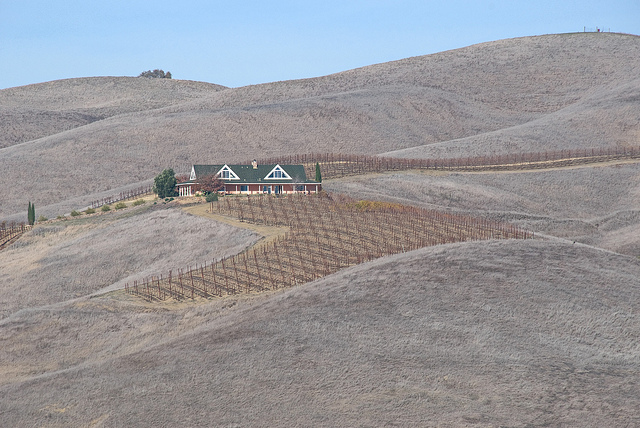California is parched, and it’s too late to hope for a Miracle March like the one that broke the back of the drought of 1985-1992.
California’s current drought is in its fourth year. With March gone, the state might as well hope for a Miracle May.
Look on the bright side: It has been much worse. Researchers say the state suffered its two really severe droughts a long time ago and they lasted much, much longer: a 240-year-long drought that started in 850 A.D. and ended in about 1090 A.D. and, 50 years later, another drought that lasted 180 years or more.
“We continue to run California as if the longest drought we are ever going to encounter is about seven years,” Scott Stine, now professor emeritus at California State University, East Bay told the San Jose Mercury News in 1991. “We’re living in a dream world.”
California has seen all of this many times before.
California needs a miracle. That has happened before, too. Miracle March.
Remember that? Me neither. But here’s what happened:
Late February 1991: California is so dry taxpayers are taking seriously some fairly extreme ideas, such as constructing a giant underwater pipeline to Alaska. Californians are figuring out ways to water with laundry water, and an entrepreneur makes a killing spraying green food coloring on brown lawns.
Politicians even propose—gasp!—banning new swimming pools in Los Angeles.
The Los Angeles Department of Water and Power begins a $2.5 million advertising campaign including a Psycho-like scene: A woman is showering. The shower curtain pulls back and she begins screaming as she sees—a water bill.
On Sept. 14, 1990 water dropped below Lake Tahoe’s rim, its lowest levels in recorded history, and the lake was on course for its lowest-ever snow year. The water shortage cost the state an estimate $1 billion that year.
Cities including Monterey, Santa Barbara and San Luis Obispo, which relied completely on rain to fill their reservoirs, were in deep trouble. Some smaller reservoirs already had been empty for a year or more.
Then the rains—and snows—hit.
On the first day of March 1991, a blizzard began that coated the Sierra Nevada mountains with 50 inches of powder. Some areas received up to 900 percent of normal snowfall.
In the high Sierras, the water content of snowpack zipped from 40 percent to 50 percent of normal to 173 percent to 207 percent of normal.
Rain hit the heavily populated coast. March rainfall in some parts of the state reached 250 percent above average. Suddenly floods and mudslides were the state’s biggest problem. Houses plunged off cliffs. Three died in flooding in Los Angeles; across the border, 14 died in Tijuana’s torrent.
Water officials cautioned that the drought was far from over, and they were right. Lake Tahoe water didn’t lap up back up to its rim until mid-1993. California’s 1,200 reservoirs reached only half their normal levels. Precipitation remained half of normal for the year.
But full restoration was not the miracle mission of Miracle March. Black and white turned brown and green. Catastrophe was averted.
“Only those of us who pay attention to the rhythms of nature can understand the relief I feel as I look at the land, bathed in life-giving water,” wrote naturalist Joan Easton Lentz. “The feeling of rebirth and renewal is complete.”
So, California, do you believe in miracles? Twice?
~
Relephant:
Daily Ways to Help Ease the California Drought Crisis.
~
Author: David Lewis
Editor: Caroline Beaton
Photo: Flickr












Read 1 comment and reply